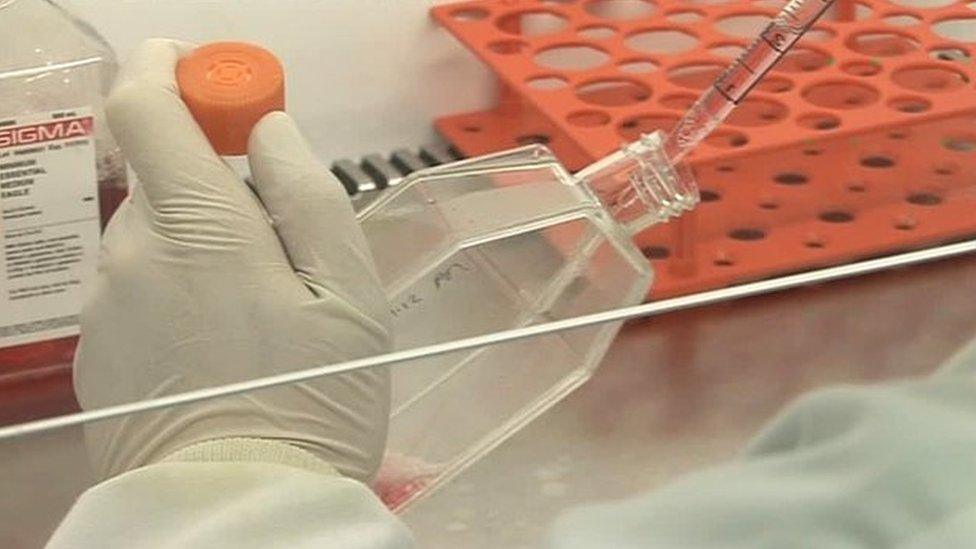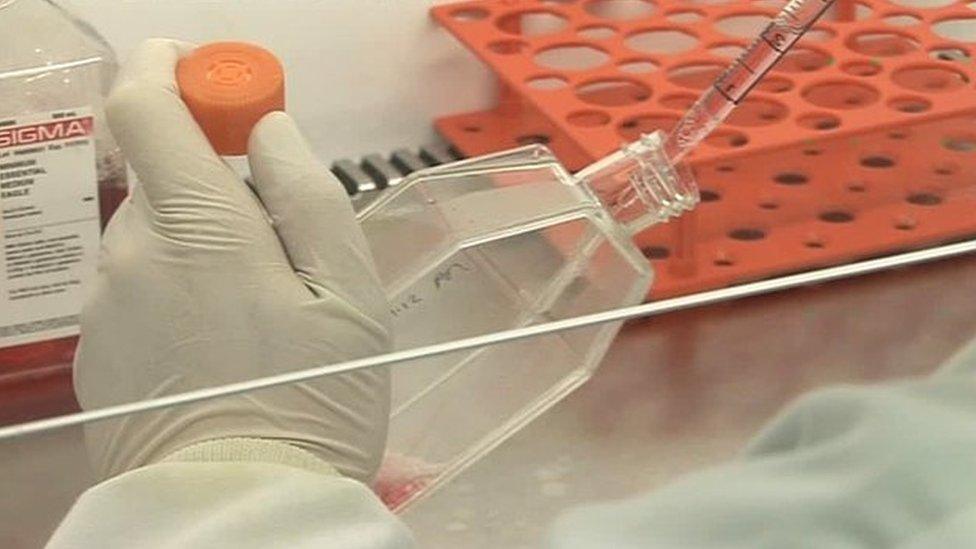Manx schools above-average radon levels low risk, specialist says
- Published

The affected rooms at multiple Manx schools will be resurveyed after remedial works
Above-average readings of radon found at five schools and a college on the Isle of Man present a "very low exposure risk", a specialist has said.
The radioactive gas was found to have exceeded standards in 14 rooms, including one classroom, following testing at island educational centres.
Rob Collins has been employed by the government to devise an action plan for each affected space.
He said there was "no cause for concern" for parents, staff and pupils.
Detectors placed in about 500 ground floor and basement rooms found levels that required action at Kewaigue, St Thomas', St John's and Scoill Vallajeelt primary schools, and St Ninian's High school.
But the UK Health Security Agency (UKHSA), which ran the survey, said about 97% of rooms surveyed for radon were "well within" legal limits.
The substance can come from naturally occurring uranium in the ground and some building materials, and exposure to high levels can cause lung cancer.
'Long-term exposure'
Mr Collins, who is an accredited specialist, said although some readings were triple the level that triggers mitigation, they were still significantly below what would be considered dangerous.
The steps set to be taken in "no way relates directly to a health risk", but it was a requirement to take action as the driver was "keeping all radon doses as low as reasonably practicable", he said.
He will now produce a risk assessment for each of the affected rooms, which could see vents and fans installed to reduce radon levels at a cost of between £2,000 and £5,000 each.
The spaces would then be reassessed as the process was "very much dealing with a potential risk from long term exposure", Mr Collins said.
The survey was part of a wider study to bring the island in line with UK health and safety measures.

Why not follow BBC Isle of Man on Facebook, external and X, external? You can also send story ideas to IsleofMan@bbc.co.uk
- Published21 November 2023
